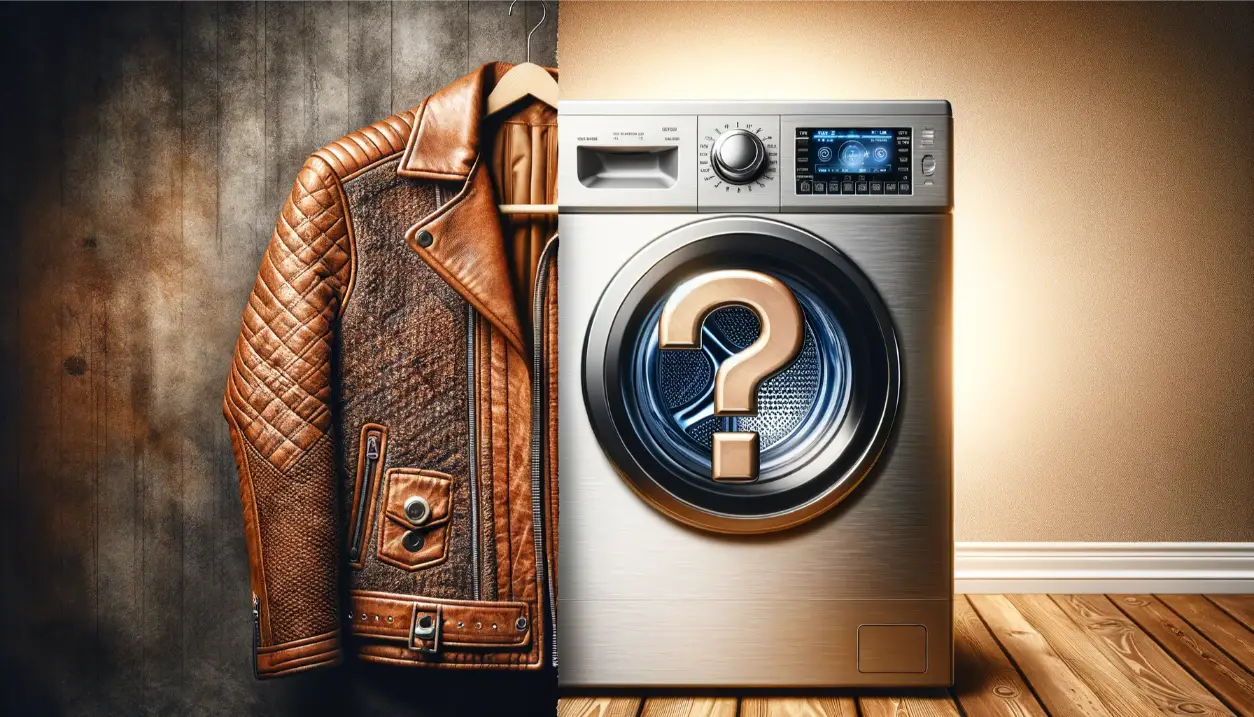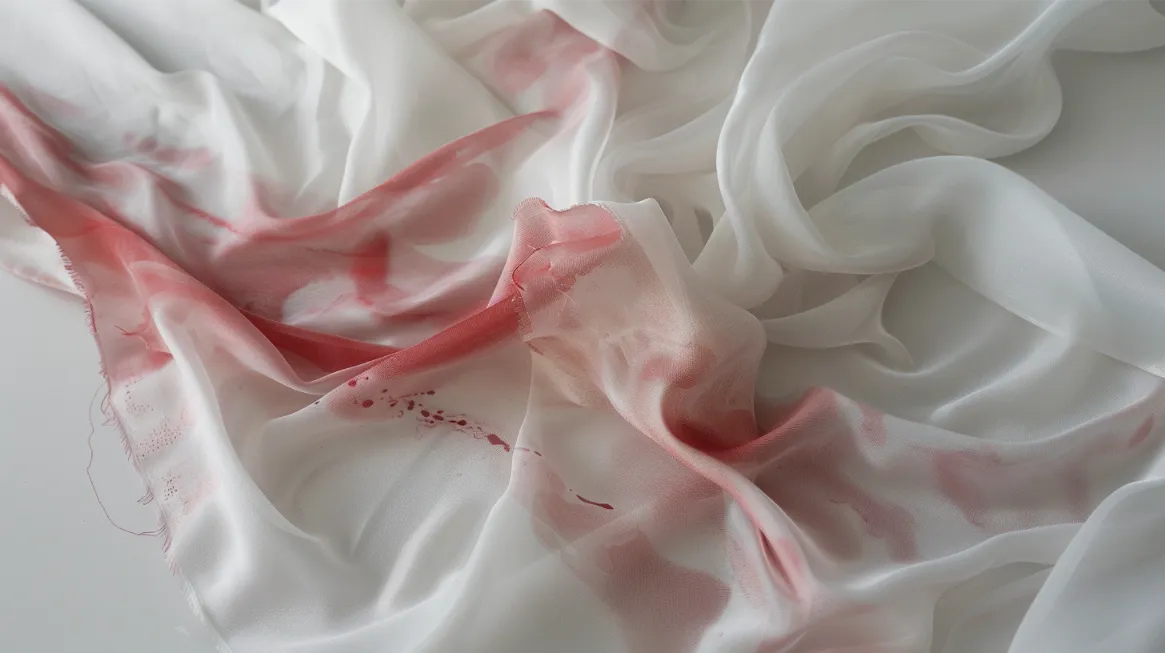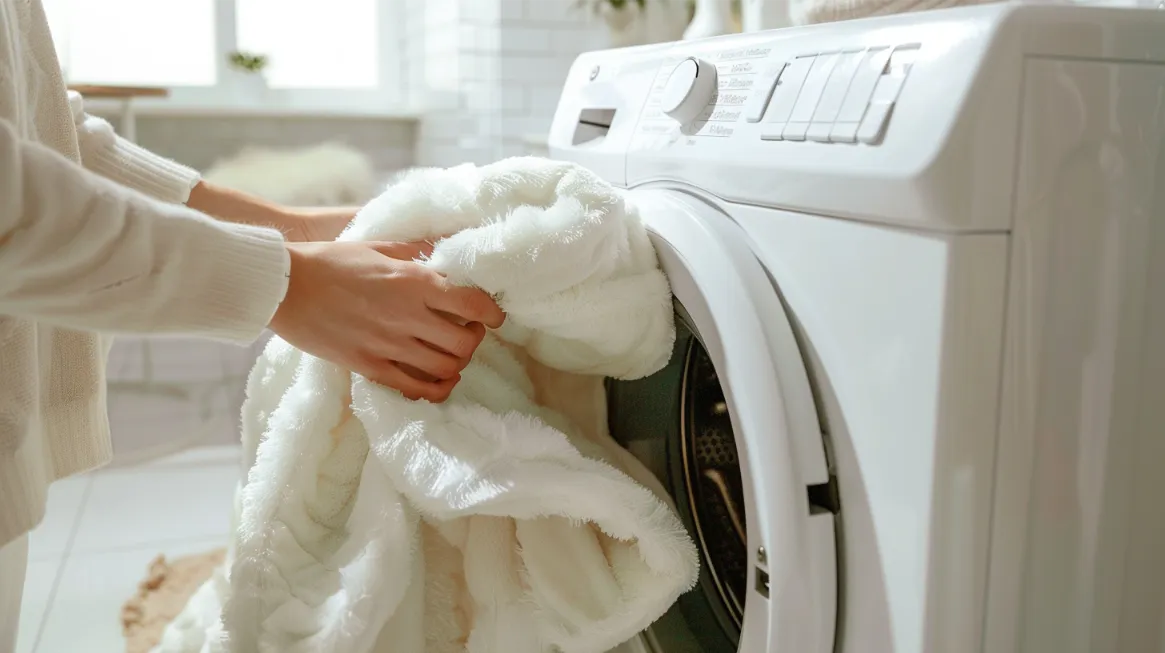Are you tired of having clothes that are too big or ill-fitting? Shrinking clothes in the wash can be a simple solution to achieve the perfect fit.
This easy 3-step will explore the best techniques for shrinking different fabrics, including cotton, denim, wool, and cashmere.
Following these simple steps, you can easily transform your oversized garments into customized pieces that flatter your body.
So, if you’re ready to learn the secrets of shrinking clothes in the wash, keep reading to discover how you can achieve the perfect fit for your wardrobe.
Key Takeaways
- Fabric composition and quality play a significant role in the shrinkage of clothes.
- Care labels provide important guidance for preventing shrinkage and maintaining garment quality.
- Proper washing preparation, including sorting clothes and using hot water, can enhance shrinkage.
- Regular monitoring and adjusting in the dryer help achieve the desired level of shrinkage without damaging the fabric.
Fabric Selection for Shrinkage
When considering fabric selection for shrinkage, it is important to note that natural fibers such as cotton and wool are more susceptible to shrinking due to their moisture absorption properties. These fibers swell and contract when exposed to water, leading to shrinkage in clothes made from them. On the other hand, synthetic fibers like polyester are less likely to shrink compared to natural fibers. This is because synthetic fibers are made from man-made materials that do not have the same moisture absorption properties as natural fibers.
The quality of the garment and the type of fiber used also play a significant role in the shrinkage. Higher-quality clothing tends to shrink less than lower-quality items. This is because higher-quality garments are often made from better materials and are manufactured with greater care, resulting in less shrinkage. Additionally, tension during the production process can contribute to the shrinkage of clothes. If the fabric is stretched or put under excessive tension, it can lead to shrinkage when exposed to water.
Care Label Reading
Understanding care labels is crucial for proper garment care and maintenance. Care labels provide essential information on fabric composition and recommended care instructions. By reading these labels, you can ensure that you take the necessary steps to prevent damage and maintain the quality of your clothing. Here are a few key points to keep in mind when it comes to care label reading:
- Symbols: Care labels often use symbols to indicate whether a garment can be washed, dried, or ironed. Familiarize yourself with these symbols to understand how to care for your clothes properly.
- Washing temperatures: Care labels also guide the appropriate washing temperatures for your garments. Following these instructions will help prevent shrinkage and color fading.
- Drying methods: The care label usually indicates whether a garment can be tumble-dried or should be air-dried. Pay attention to these instructions to avoid damaging your clothes.
- Recommended care instructions: Care labels offer specific instructions for fabrics and garments. By following these instructions, you can ensure optimal garment care and longevity.
- Fabric composition: Care labels often include information about the fabric composition of the garment. Understanding the fabric composition can guide you in choosing the right care methods for your clothes.
Proper Washing Preparation
Following the appropriate washing techniques is essential to prepare your clothes properly for shrinking. Before starting the shrinking process, it is important to check the care label on the garment to determine the recommended washing instructions. Sorting clothes according to fabric type is also crucial to ensure effective shrinking.
To prepare clothes for shrinking, it is recommended to use hot water settings on the washing machine. The high heat setting helps to relax the fibers in the garment, making them more susceptible to shrinking. You can pre-soak the garments in hot water before starting the shrinking process. This can further enhance the shrinking effect.
When preparing clothes for shrinking, avoiding mixing different fabric types in the same wash load is important. This is because different fabrics may react differently to hot water and high heat settings, which can lead to damage or uneven shrinking.
Once the washing preparation is complete, the next step is to transfer the clothes to the dryer for the shrinking process. In the next subtopic, we will discuss how to monitor and check clothes in the dryer to ensure optimal results.
Monitoring and Checking in Dryer
Regularly monitor the shrinking progress of the clothing item in the dryer by checking it every 5 minutes. This step is crucial to ensure the garment doesn’t over-shrink or become damaged during the drying cycle. By inspecting the clothing item at regular intervals, you can make necessary adjustments to the drying time based on the desired level of shrinkage.
Here are some important points to consider when monitoring and checking in the dryer:
- Adjust the drying time: Depending on how much you want the garment to shrink, you may need to adjust the drying time. Checking the garment every 5 minutes allows you to gauge the progress and make necessary adjustments.
- Assess the fabric condition: While monitoring the shrinking progress, pay close attention to the fabric’s condition. Ensure that it is not becoming distorted or damaged during the process. Consider removing the garment from the dryer immediately if you notice any damage.
- Prompt removal: Once the desired level of shrinkage is achieved, promptly remove the clothing item from the dryer. This prevents any further changes in size and helps maintain the desired fit.
- Damage prevention: Regularly checking the clothing item in the dryer helps prevent damage by addressing any potential issues promptly. This way, you can prevent the fabric from becoming distorted or ripped.
Final Fit Check
After monitoring the shrinking progress in the dryer, the final step is to conduct a thorough fit check of the shrunken garment. Start by trying on the garment to ensure it has shrunk to the desired size. Compare it to your body measurements to determine whether adjustments or alterations are needed.
Pay attention to how the garment fits in different areas, such as the length, width, and overall silhouette. Consider repeating the shrinking process if further shrinking is required to achieve the perfect fit. Once you are satisfied with the fit, confirm that the shrunken garment meets your expectations before incorporating it into your wardrobe.
A proper fit check is essential to ensure the garment fits comfortably and flatters your body shape. It allows you to make any necessary alterations or adjustments for the perfect fit. By conducting a final fit check, you can confidently wear your shrunken garment and enjoy its renewed fit and style.
Frequently Asked Questions
What Is the Easiest Way to Shrink Clothes?
The easiest way to shrink clothes is by washing them in hot water and drying them on high heat. This method is particularly effective for cotton and denim garments, while synthetic fibers may require multiple wash and dry cycles.
How Do You Become Smaller in the Wash?
Shrinking clothes in the wash can be achieved using specific techniques based on fabric type. Different fabrics require different temperatures and heat settings to achieve the desired shrinkage. Proper care instructions and fabric considerations are essential for successful shrinking in the wash.
How Many Washes Does It Take to Shrink Clothes Fully?
The number of washes needed to shrink clothes fully varies depending on the fabric type and initial size. Cotton and wool garments may shrink significantly in the first wash, while polyester items may require multiple washes for noticeable shrinkage.
What Temperature Do You Wash Clothes to Shrink?
To shrink clothes in the wash, it is recommended to use hot water with a temperature of around 140°F to 150°F. This higher temperature helps fibers contract and results in noticeable shrinkage in cotton and denim fabrics.










